The tooth fairy is a welcome guest for any child who has lost a tooth. Not only will the fairy leave a small gift under the child’s pillow, but they be assured of a replacement tooth in a few months. Unfortunately, the scenario is quite different for adults grappling with a loss of teeth. Luckily, there may be some hope thanks to a new study performed by scientists at Kyoto University and the University of Fukui.
A dental breakthrough
While the typical adult mouth houses 32 teeth, approximately 1% of the population exhibits variations of them, either possessing more or fewer teeth due to congenital conditions. Researchers have delved into the genetic factors behind cases of excessive teeth, seeking valuable insights into the potential regeneration of teeth in adults. This study is the first to show that monoclonal antibodies can help regrow teeth. It suggests a new way to treat a dental problem that currently requires implants and other artificial solutions.
A bit of science
The research team disclosed that an antibody targeting a specific gene, known as uterine sensitization-associated gene-1 (USAG-1), can induce tooth development in mice affected by tooth agenesis, a congenital condition. The findings were published in the journal, Science Advances.
As per Katsu Takahashi, a senior lecturer at the Kyoto University Graduate School of Medicine and one of the principal contributors to the study, the essential molecules crucial for the development of teeth have already been pinpointed. “The morphogenesis of individual teeth depends on the interactions of several molecules including BMP, or bone morphogenetic protein, and Wnt signaling,” says Takahashi.
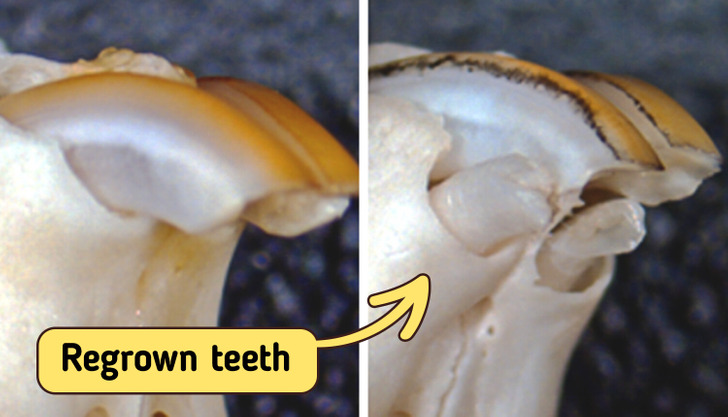
On April 13, 2021, the University of Kyoto posted its first pic of newly-grown teeth in mice.
BMP and Wnt are involved in more than just tooth development; they affect the growth of organs and tissues early in the body’s development. Because drugs affecting them directly might have broad side effects, scientists are cautious. To find a potentially safer method, researchers focused on the gene USAG-1, thinking that aiming at factors countering BMP and Wnt specifically in tooth development could be more precise.
“We knew that suppressing USAG-1 benefits tooth growth. What we did not know was whether it would be enough,” added Takahashi.
The first results
Scientists looked at how different monoclonal antibodies affect USAG-1. Monoclonal antibodies are often used to treat things like cancer and arthritis and for making vaccines. Tests with this antibody showed that BMP signaling is crucial for deciding the number of teeth in mice. Also, just one treatment was enough to grow a whole tooth. Further tests confirmed these positive results in ferrets too.
“Ferrets are diphyodont animals with similar dental patterns to humans. Our next plan is to test the antibodies on other animals, such as pigs and dogs,” explained Takahashi.
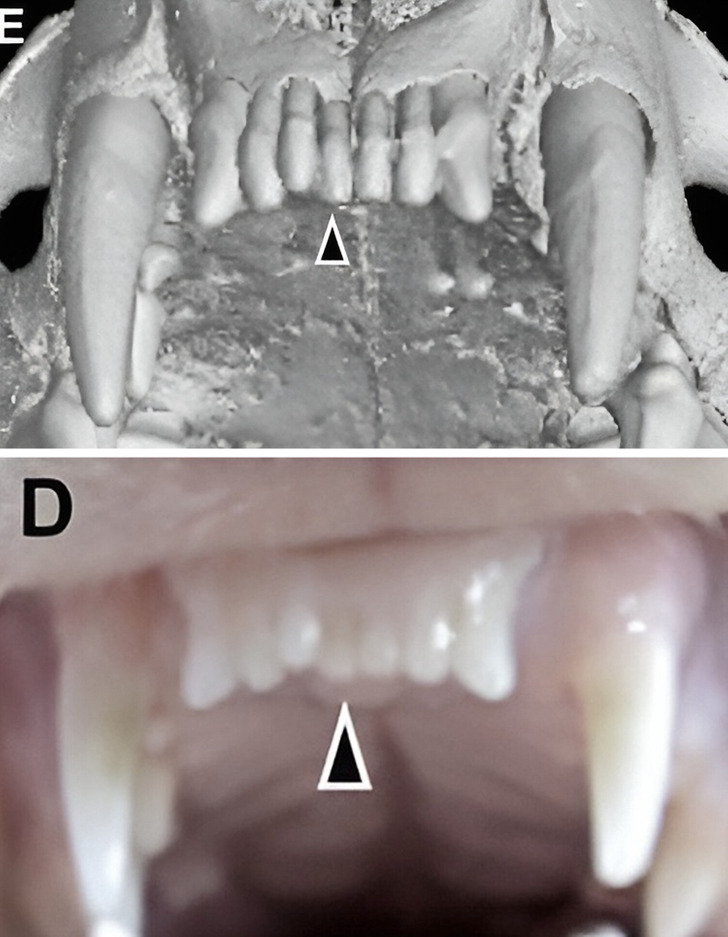
Fully regrown frontal teeth in ferrets
The next steps
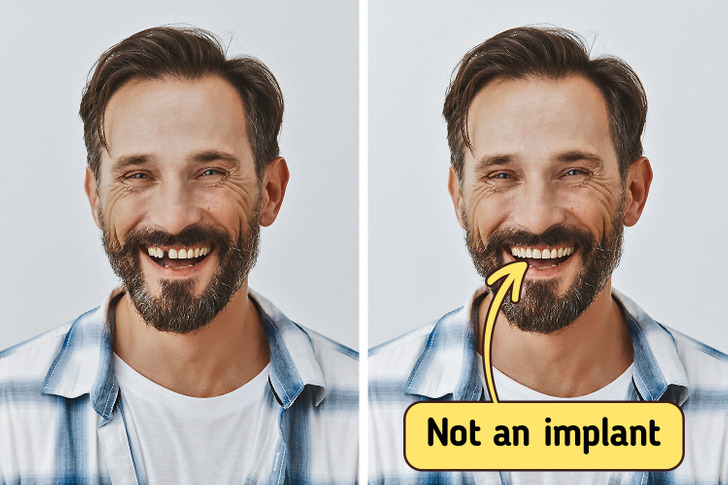
Now, scientists are going to test the drug on healthy adults. If that goes well, the team plans to try it on kids aged 2 to 6 with a rare tooth problem called anodontia, a genetic disorder defined as the absence of all teeth. These kids will get one shot of the drug to see if it makes their teeth grow. If everything works out, the medicine might be approved by 2030.
Takahashi sees the new medicine as an additional choice for individuals who are missing some or all of their teeth.
“The idea of growing new teeth is every dentist’s dream,” Takahashi told the Japanese newspaper, The Mainichi in June this year. “I’ve been working on this since I was a graduate student. I was confident I’d be able to make it happen.”
So hopefully, by the year 2030, humans will get a chance to have their third generation of teeth grown and say goodbye to implants. Until then, make sure to keep your teeth strong and healthy — this article will help you with that.
Preview photo credit KyotoU_News / Twitter
This Girl Became a Successful Child Star after Bio Parents Gave Her up to Family Who Had ‘No Plans’ to Adopt
When she was a newborn, his celebrity’s biological parents placed her for adoption.
Because their occupations meant more to them than raising a child, the star’s birth parents didn’t want her when she was born.
Up until the truth was revealed, the actress’ adoptive parents had been lying about her background.
The French Hospital in Los Angeles, which is now defunct, was the hospital where the future celebrity was born on May 8, 1964. The actress was adopted by Barbara Crane and Paul Gilbert, who took her in when she was just 24 hours old.
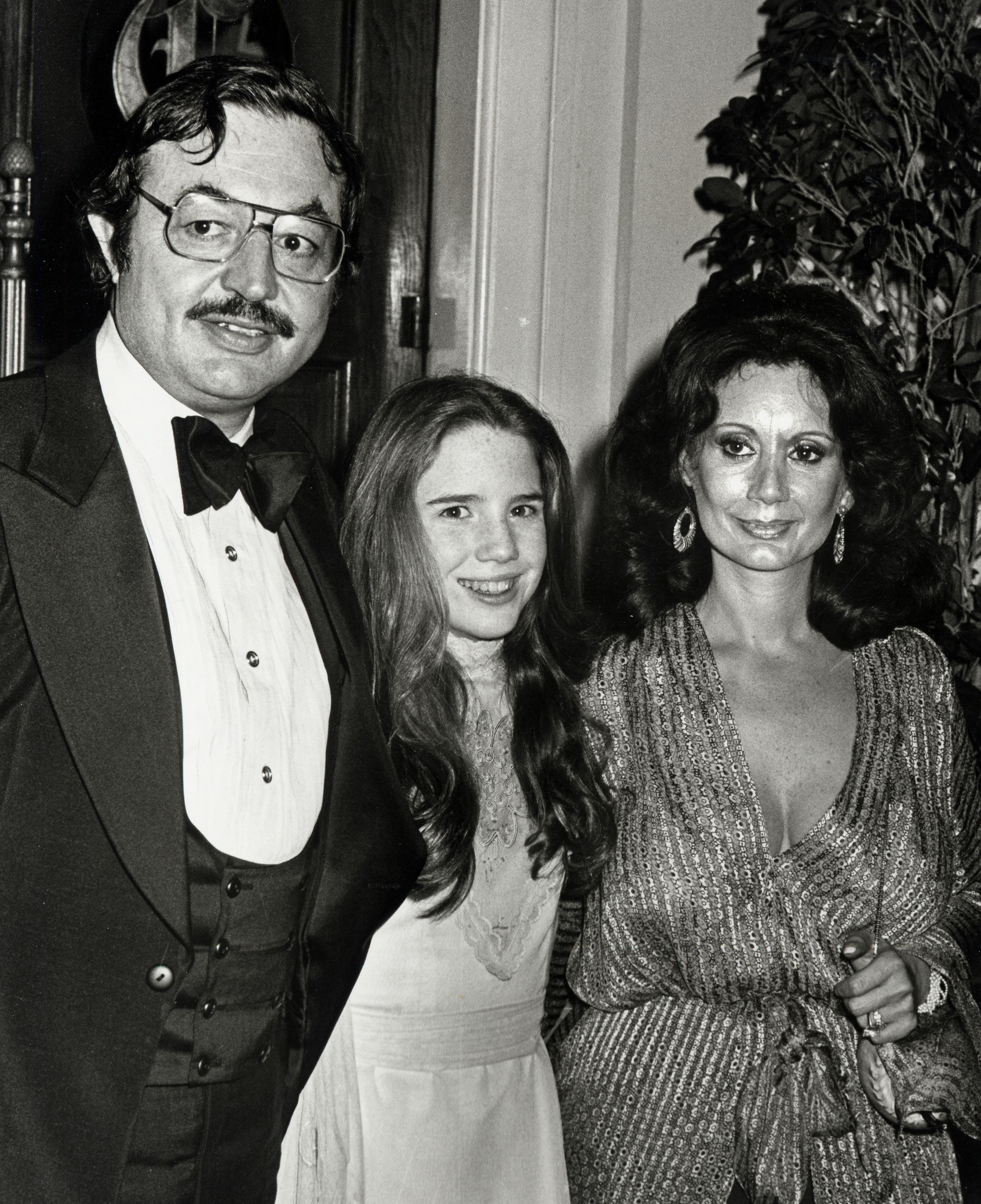
Jonathan, her younger brother, was also adopted by the couple. Barbara was a twentysomething actress whose career was cut short, and Paul was a stand-up comedian, actor, and dancer who began as an aerialist with a family circus from Buenos Aires. Barbara and Paul parted ways when the young child was six years old, but his daughter remembered him with affection, saying:
“I have never known a more brilliant, energetic, humorous, loving, and fair person than my father.”
When Paul passed away in 1976, many believed he had suffered a stroke while in bed. Her adoption was made public. The celebrity claimed in her book “Prairie Tale: A Memoir” that she was informed when she was a young kid that her father, David Darlington, had been a Rhodes Scholar and that her biological mother, Kathy Wood, was a prima ballerina.
Her birth parents reportedly had no desire to give up their occupations in order to raise her, according to her adopted parents. The timing of the celebrity’s birth was allegedly incorrect, and as a result, they had to give up their daughter because her father was in the middle of a project.
She learned the whole truth about her biological parents when she was old enough. Although not a prima ballerina, her birth mother was a dancer, and David was a stock car racer and sign painter.

Kathy and David had three children between them when they were first married to other people. After running away, becoming pregnant, and moving in with their kids, the couple realized they couldn’t support a seventh child.
Parents Who Adopted Her Didn’t Want Her
The actress was stunned to learn more about her adoption after the death of her adopted father. Mitzi, her godmother, talked about the day she was picked up from the hospital by her adoptive parents.
She acknowledged that when the Gilberts returned with their new baby, it came as a shock. This astonished the actress, who looked to Barbara, along with other family members, and she confessed:
“Well, we weren’t planning on adopting a kid.”
When Barbara and her husband received a call informing them that the little girl will be available, they replied they weren’t seeking for a kid. When the celebrity’s adoptive mother phoned her out-of-state spouse, he instructed her to “go get it.”
She said to the journalist that she wouldn’t subject her kids to the burden of such a dark secret.
She was taken aback to hear herself referred to as a “it,” but Barbara clarified that she hadn’t even been born yet. Later, after learning of her upcoming arrival, Barbara revealed to her that they had been attempting to conceive.
Barbara claims that although the Gilberts were undergoing fertility treatments, they had not brought up the subject of adoption until they got the call. The actress discussed the secrecy of her adoptive family in an interview from July 2020.
The Secrets of the Family
The famous person disclosed to “CBS Sunday Morning” that she learned at the age of 11 that her father had passed away due to a stroke. But she found out at 45 that he had committed suicide.
The actress concealed the secret from everyone in her life, even herself. She informed the interviewer that she would never subject her children to the harm that such deep secrets do to families.
To learn the truth about what had happened to her adopted father, the actress engaged a detective. The detective learned that the deceased World War II veteran had threatened to take his own life while receiving care from the VA and was in excruciating pain.
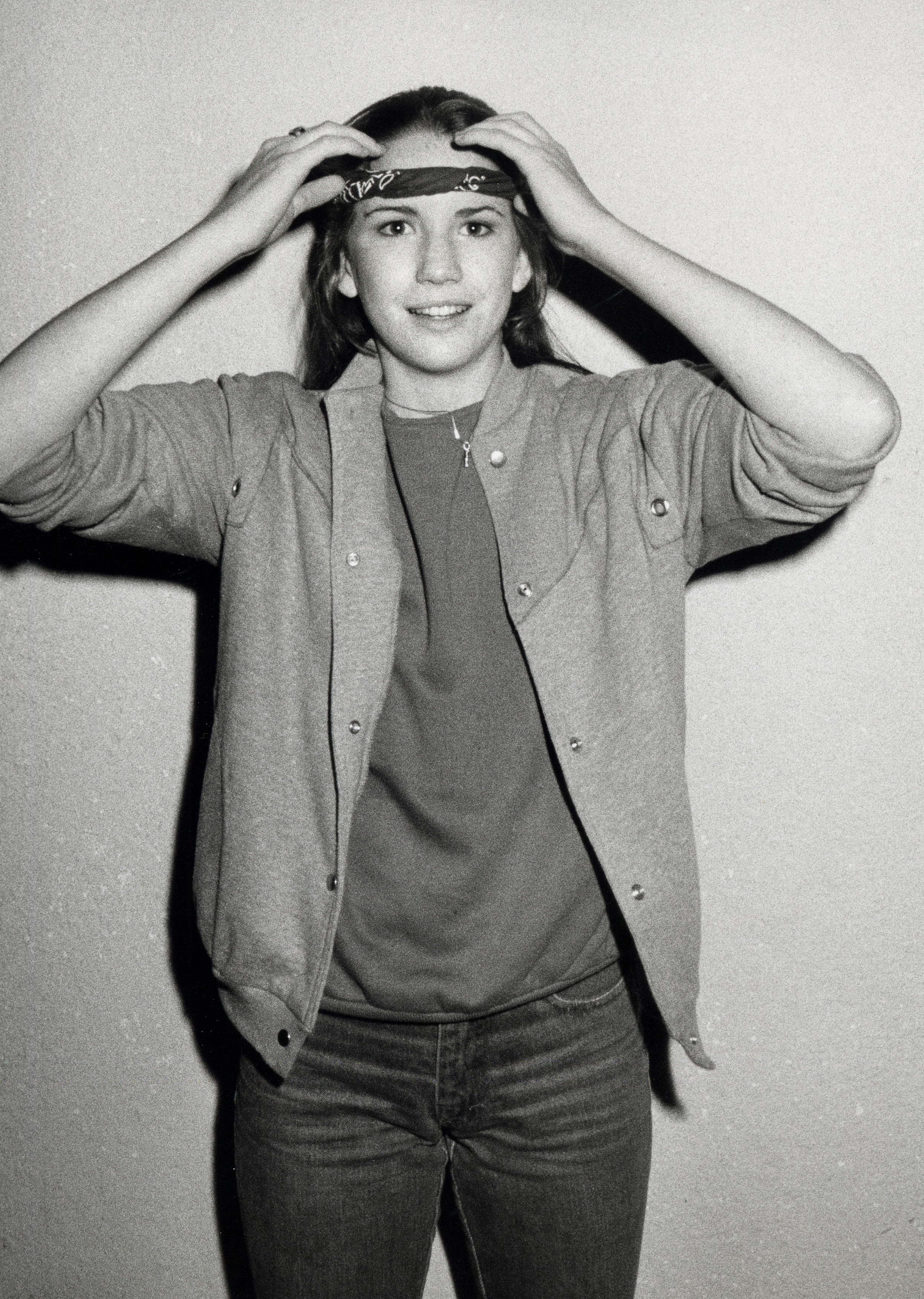
She fought the anguish of losing her father in this way for approximately six months after learning the truth about Paul. During that time, she was unable to eat or sleep. She has since come to terms with it, though, and now works to preserve his memory by supporting mental health awareness and suicide prevention.
On January 23, 1982, an actress was spotted in Santa Monica at the Santa Monica Bowling Alley | Source: Getty Images
The actress also accepted and forgave Barbara for her decision to conceal the truth, even though she had been angry and betrayed for a long time. The next chapter reveals the celebrity’s name and her current way of life.
Who Is the Star Who Got Abandoned and Went on to Become a Famous Actress?
Melissa Gilbert is the actress, best known for her role as Laura “Half-Pint” Ingalls Wilder on the adored television program “Little House on the Prairie,” which ran from 1974 to 1983. She published her memoir, “Back to the Prairie,” in July 2022, and she is currently spending time with her family.
The celebrity acknowledged that she is “blessed” and mentioned that she is in a different place from her deceased adoptive father. She wants Paul to have felt the happiness that comes with having grandkids and the value of having a life partner who makes you feel listened, safe, and loved.
Timothy Busfield, Melissa’s third husband, and she became grandparents to a total of eight grandchildren in May 2022. While going through his second divorce, Busfield observed the actress waiting for a buddy at an empty pub in 2012.
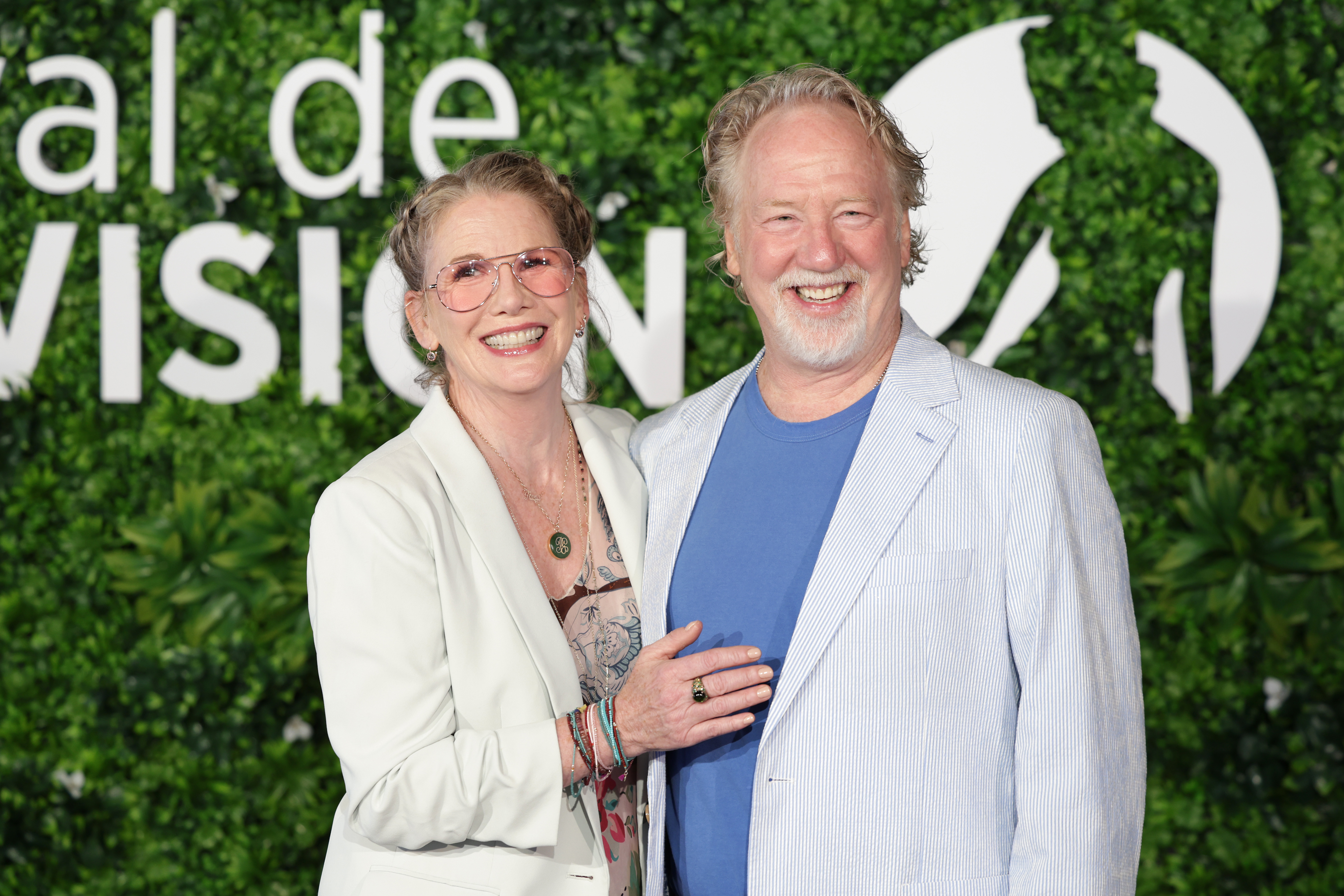
On June 20, 2023, in Monte-Carlo, Monaco, Melissa Gilbert and her spouse Timothy Busfield attended a photocall for the 62nd Monte Carlo TV Festival | Getty Images
In April 2013, the pair got married in an intimate ceremony in Santa Barbara, California, with Melissa donning a dress by Morgane Le Faye. When Barbara’s daughter couldn’t determine what she wanted, Barbara suggested the brand’s Santa Monica store.
She disclosed in her book “Back to the Prairie” that Busfield, dressed in a blue suit, was alone at the private event; no guests were present. After nearly a lifetime in Hollywood, the famous person had her first kid, a son named Dakota Paul Brinkman, from her first marriage to the actor Bo Brinkman.
Michael Garrett Boxleitner is Melissa’s second child, born after her marriage to Bruce Boxleitner. Along with being a father, Busfield raised three children: Wilson, Daisy, and Samuel. He and his wife currently reside peacefully in a 14-acre cottage in the Catskill Mountains of New York.
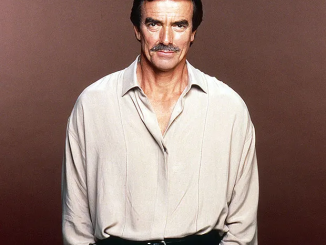


Leave a Reply